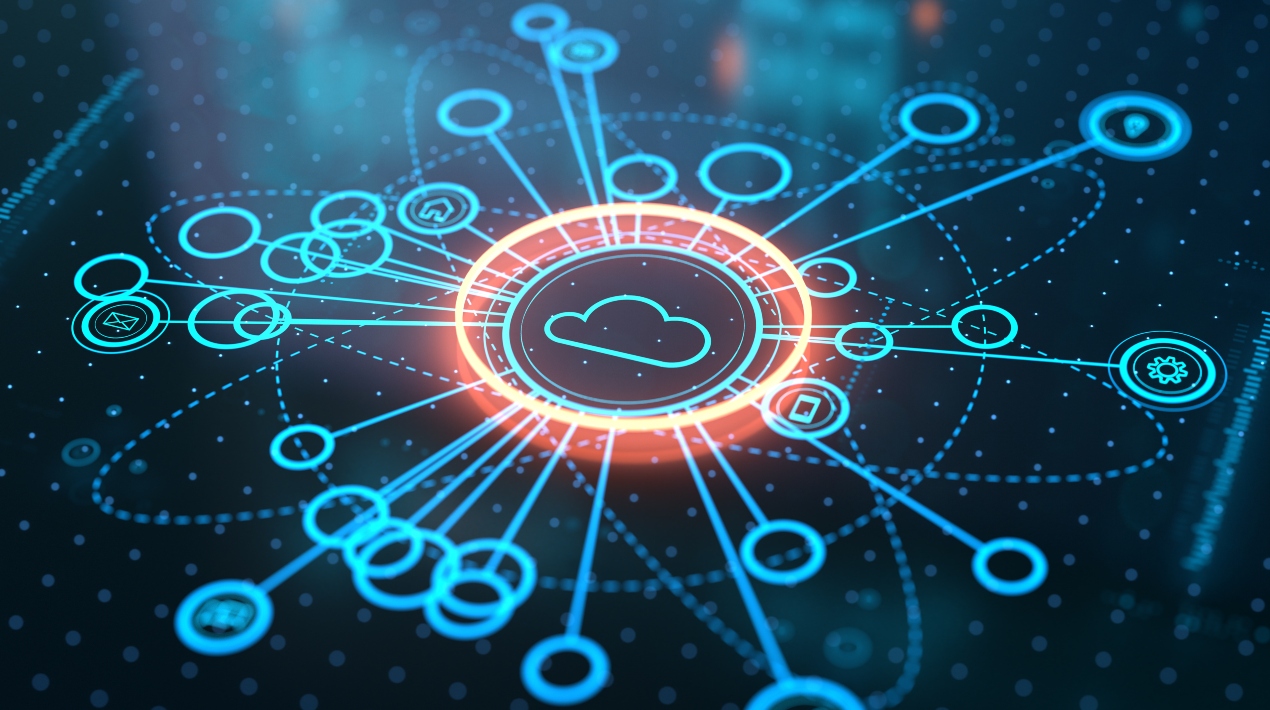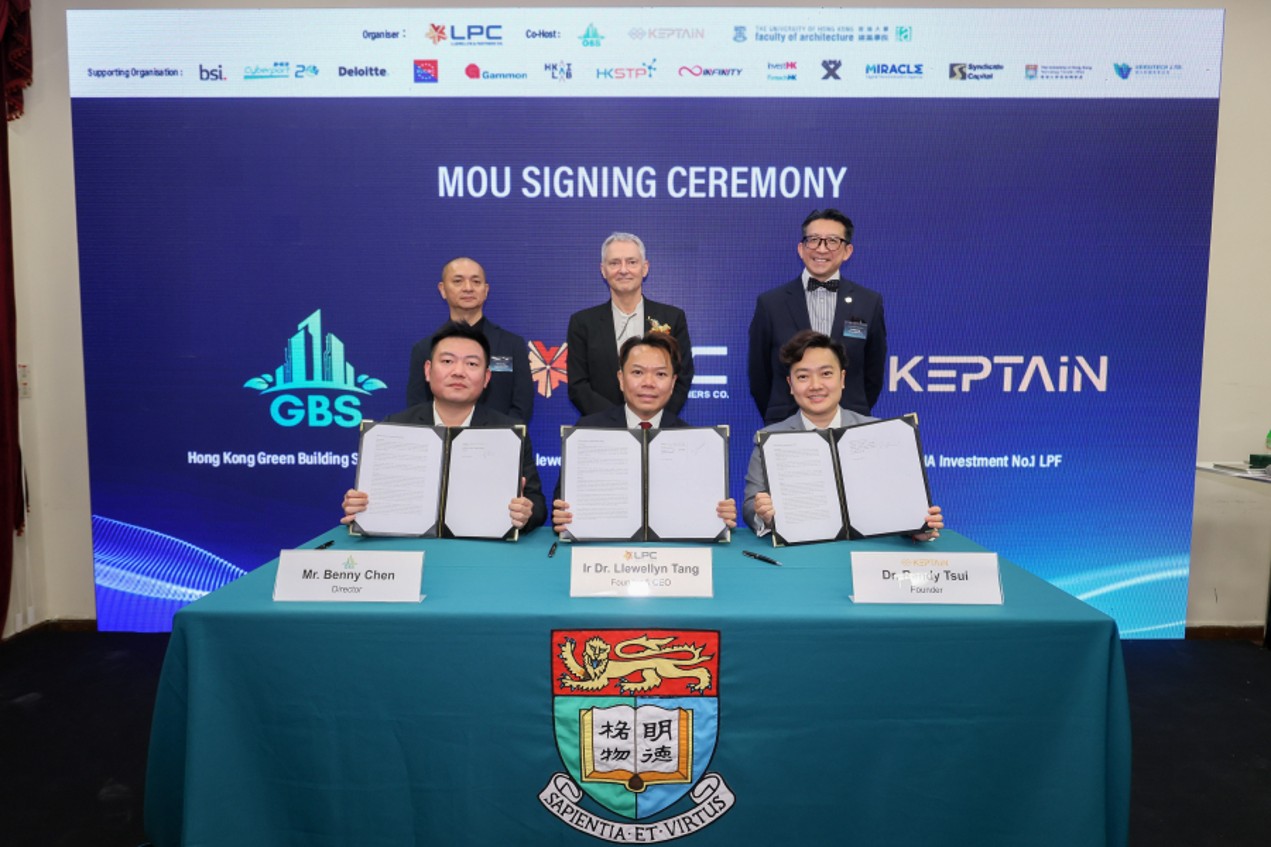
All communication projects must include disaster risk assessment and mitigation. Dr Ulrich Spiedel, senior lecturer in computer science in the Faculty of Science at the University of Auckland, pointed this out as a response to the communication network outage caused by Cyclone Gabrielle. He iterated that more than affordability is needed.
According to Spiedel, around 80% of cell site failures during Cyclone Gabrielle were caused by power outages, and approximately 20% were caused by a loss of backhaul connectivity (the responsibility of telecommunications infrastructure provider Chorus). He said that modern communication systems require power and what engineers call “backhaul,” or cables that connect cell towers and exchanges to the national network.
“When Cyclone Gabrielle hit, both were severely damaged. Many sites lost power shortly after the mains failed. The battery was only designed to run for a few hours or several days at the most,” he explained.
Much of the backhaul – often fibre optic cables running parallel to power lines along important roadways – was also destroyed by landslides and flooding. As a result, even if cell sites still had power, they could not link anyone anywhere.
This resulted in the deactivation of many cell sites, including those operated by the Rural Connectivity Group (RCG), the government-appointed supplier of broadband and mobile services in sparsely inhabited areas. Emergency services have also progressively abandoned their radio-based communication networks in favour of less expensive cell phones that provide greater privacy and coverage.
Furthermore, people and emergency responders require fuel for vehicles, food, and other supplies. However, digital payments require internet service.
Failed operator-owned urban cell sites are frequently covered by neighbouring cells. If the power goes out, they can usually be reached and supplied with generators—much of the first reconnecting progress after the typhoon was achieved in this manner.
Cyclones and storms aren’t the only dangers. Tairwhiti and Hawke’s Bay, for example, are vulnerable to offshore Hikurangi subduction zone earthquakes, which could result in tsunami inundation and slips.
Manage the calamity
Spiedel recommends considering two fundamental technical concepts: site resilience and variety to deal with many forms of potential calamities. Resilience could imply outfitting cell sites with solar or wind generating, larger batteries, and “redundant” technology to allow them to operate for extended periods without needing external power or access.
Cell sites could require a separate, alternate backhaul path, such as a second cable running in an opposite direction or a microwave or satellite link. It could imply attempting to link a wire to the internet from both ends rather than simply one. This means both sides of a break could be provided from either end.
Diversity could include having more locations and using alternative cable pathways like rail tracks, and overhead high-voltage power line towers more frequently. More connectivity between these corridors for usage in crises could result.
International connectivity is also essential. New Zealand is currently linked to the rest of the globe by five undersea fibre-optic cables. However, an enormous volcanic eruption, for example, on Auckland’s North Shore, could shut the country off from three or possibly four of these.
A satellite internet service can be helpful. It assisted Wairoa in reconnecting with the outside world after hours of total darkness and subsequently brought countless banks and stores back online. It is simple to set up, does not rely on local infrastructure, and requires only a modest generator for power.
Satellite backup cannot supply the necessary worldwide capacity in a catastrophic disaster. They are, nevertheless, still a viable choice. The terminals are not expensive. Therefore equipping every Civil Defence site with one should be relatively inexpensive.
Maritime VHF radios are standard in coastal communities, which could be utilised onshore if other systems fail. Strangely, boaters are advised to have two modes of communication, yet emergency services are only required to have one.





















